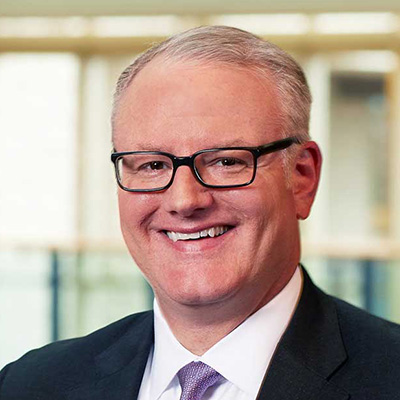Nuveen
Nuveen is the asset manager for TIAA, one of the world’s most highly rated and financially stable insurance companies1. We leverage our deep expertise in partnering with insurance clients to tailor capital-efficient solutions to meet complex portfolio construction needs. Our platform of $1.3 trillion in AUM2 offers differentiated investments across private credit and private equity, real assets, fixed income, and responsible investing focused strategies. For more information, please visit www.nuveen.com/insurance.
1. TIAA is one of only three insurance groups in the United States to currently hold the highest possible rating from all four leading insurance company rating agencies: A.M. Best (A++ rating affirmed as of July 25, 2024), Fitch (AAA rating affirmed as of August 26, 2024), Standard & Poor's (AA+ rating affirmed as of May 29, 2024) and Moody’s Investors Service (Aa1 rating affirmed as of May 21, 2025). There is no guarantee that current ratings will be maintained.
2. As of 31 March 2025.
Joseph Pursley, CIMA
Head of Insurance, Americas
Joseph.Pursley@Nuveen.com
445-245-1063
Nuveen, a TIAA Company
333 W. Wacker Drive
Chicago, IL 60606





